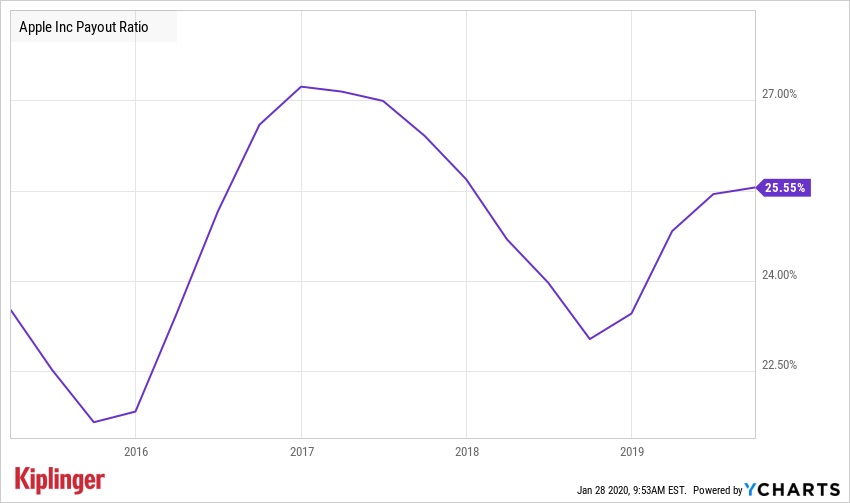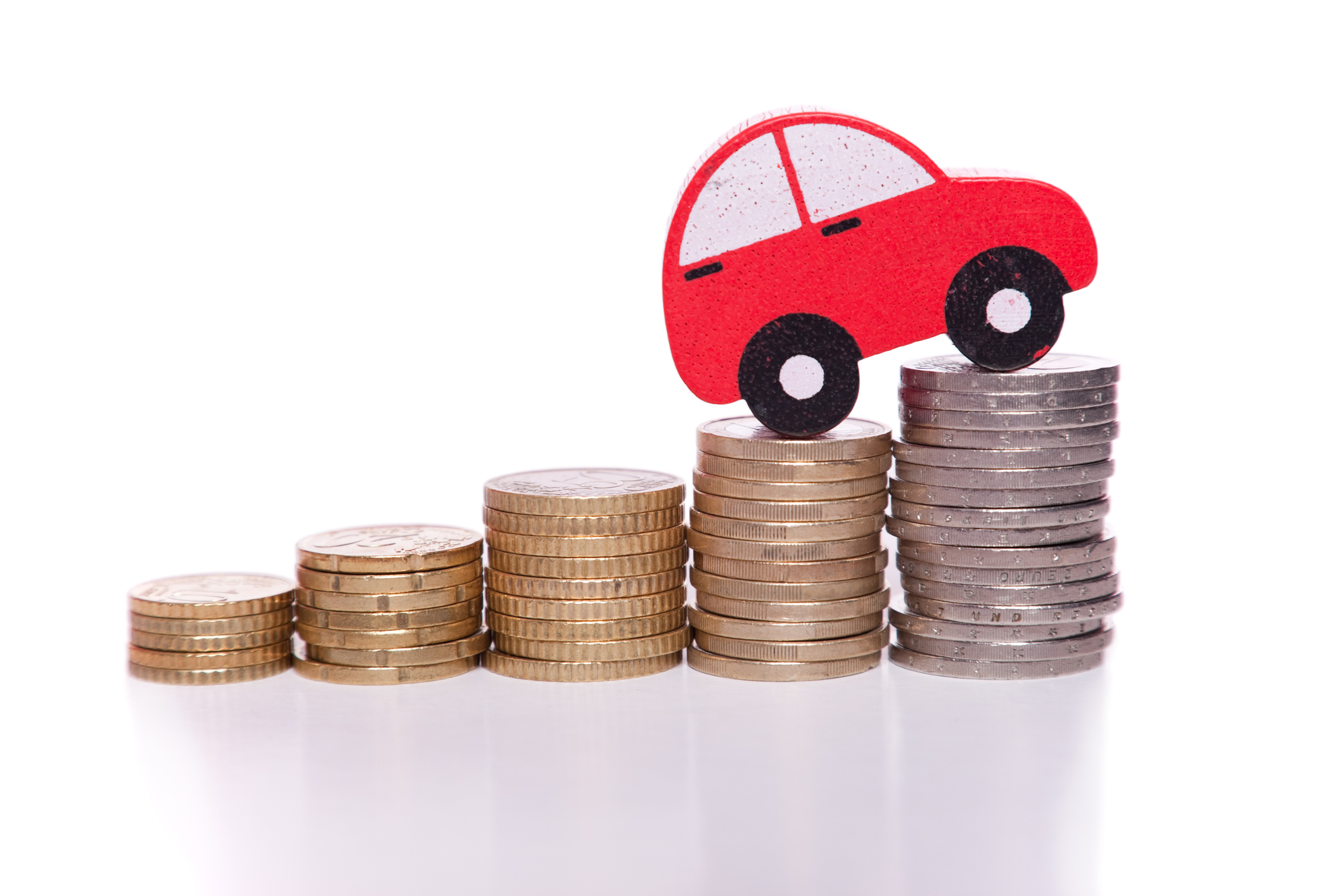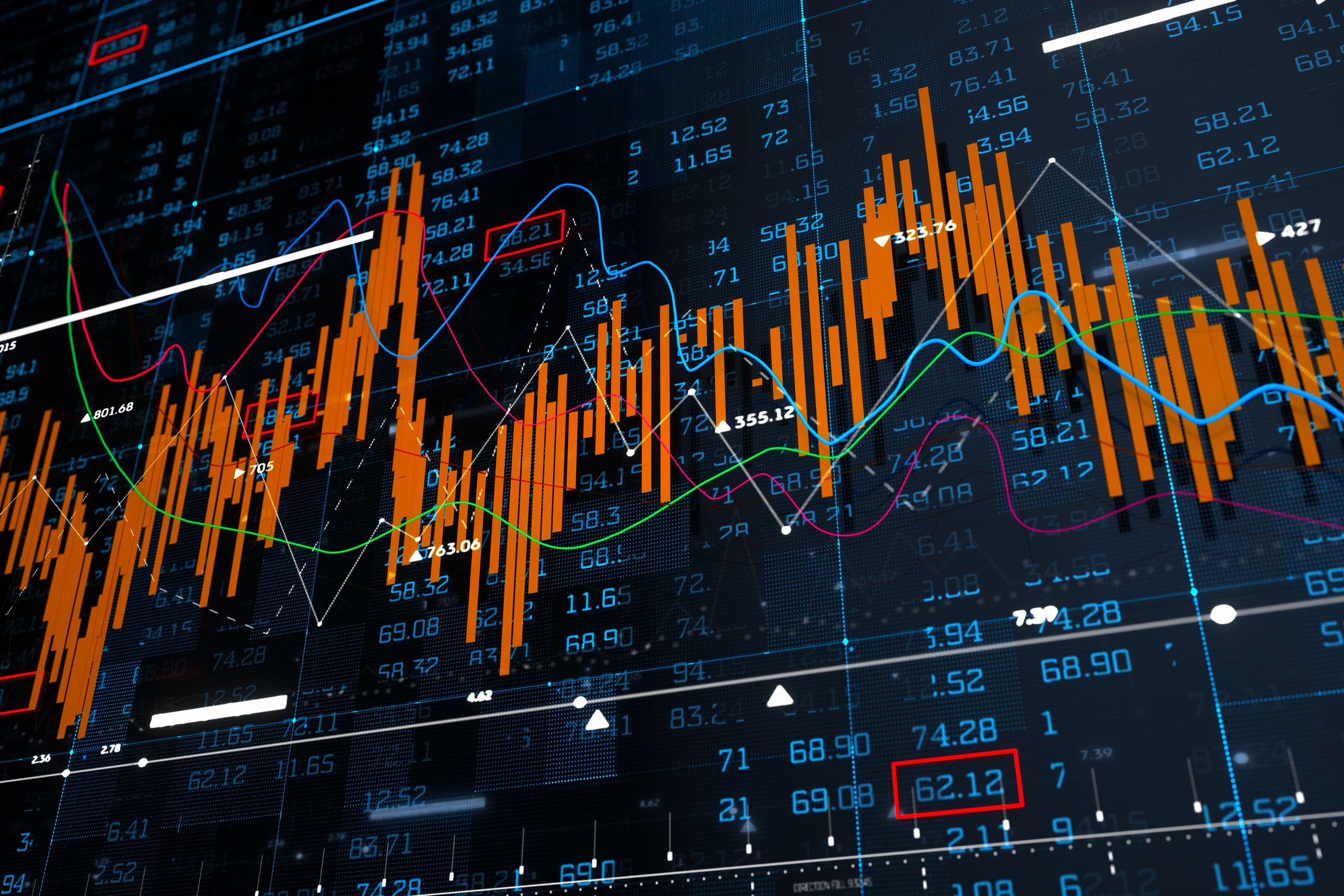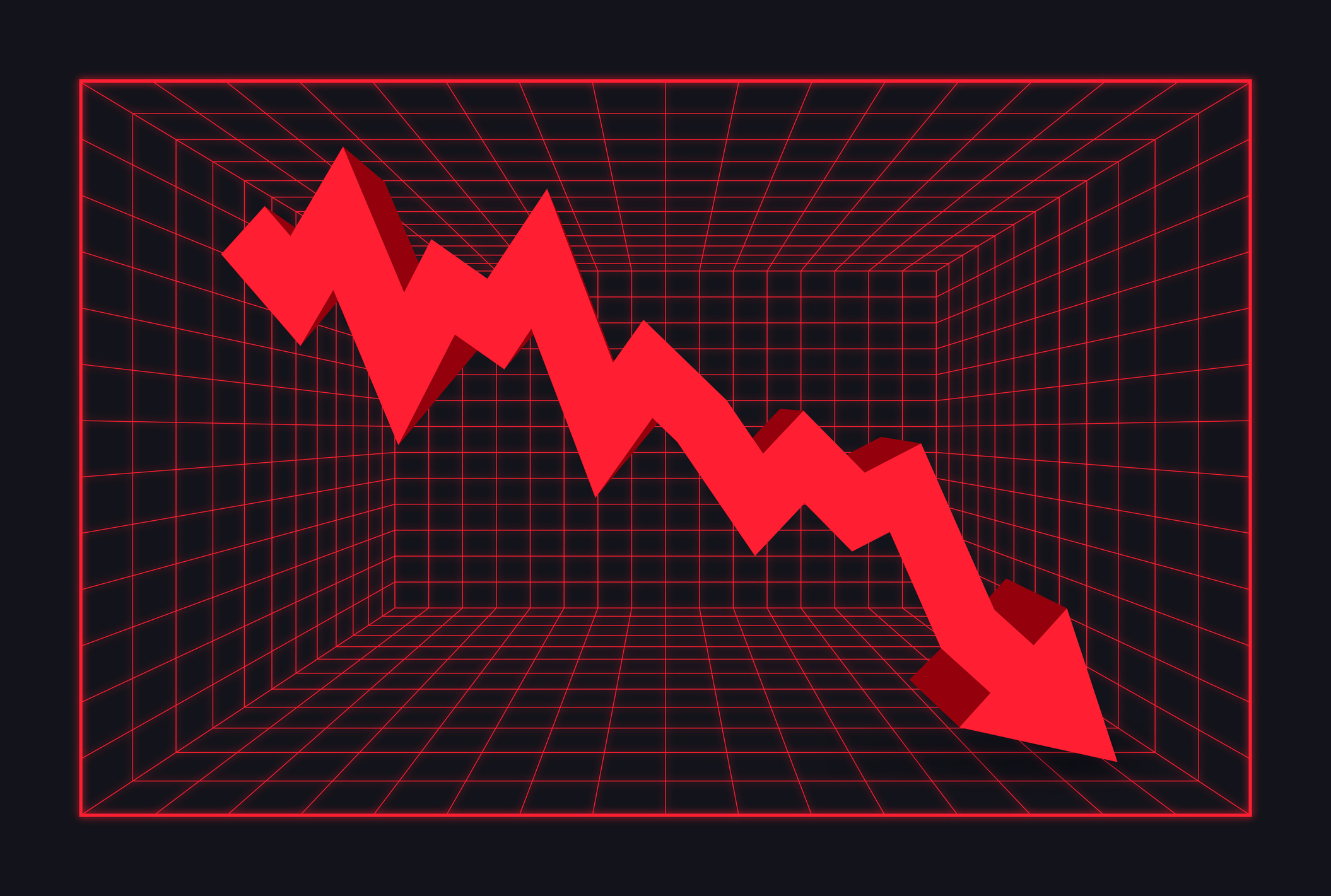Apple Stock: The Dividend Investor's Guide
As AAPL dedicates increasing sums of cash to its dividend, does it belong in buy-and-hold income portfolios?


On its face, Apple (AAPL, $308.95) might not seem like your typical "income stock."
For one, AAPL's dividend yield hasn't eclipsed 2.4% at any point in the past five years. And a long rally in Apple stock has driven its current yield to a mere 1%.
Apple's revenue stream has long been lumpy and overly dependent on the iPhone upgrade cycle, too. That's not generally what you want to see in an income stock. Ideally, a dividend holding produces stable and predictable cash flows that come in every quarter like clockwork.
From just $107.88 $24.99 for Kiplinger Personal Finance
Be a smarter, better informed investor.

Sign up for Kiplinger’s Free Newsletters
Profit and prosper with the best of expert advice on investing, taxes, retirement, personal finance and more - straight to your e-mail.
Profit and prosper with the best of expert advice - straight to your e-mail.
However, given our current low-interest-rate environment, with bond yields not far from all-time lows, dividend investors should keep an open mind when building an income strategy, particularly if you are still a few years away from needing the money.
"Retirement can last years, even decades," says Gregory Lindberg, a commodity trading advisor based in San Francisco, California. "Focusing solely on current yield at the expense of growth is a recipe for a disappointing retirement."
Besides, a closer look under the hood reveals that Apple stock might be a better income-oriented portfolio holding than it seems at first glance.
Apple Has Been Defined by Growth
Apple is one of the great growth stories of the past two decades. Since the start of 2006, shares have delivered a total return (price plus dividends) of almost 3,400%. AAPL has more than tripled since 2016, and it has doubled in the past year alone.
It's extremely unlikely that you would've been able to find returns like that in a less risky, higher-yielding dividend stock.
Those kinds of returns can't last forever, of course.
Apple's market cap is already $1.4 trillion. Were it to rise by another 3,400%, its market cap would be larger than the current annual GDP of America. The company's growth rate is slower than it was a few years ago. You could even argue that Apple's stock price has gotten a little ahead of itself and is due for a correction.
Apple's growth might moderate more in the years ahead. However, its presence in technology and communications, positioning as a premium brand and its ample cash hoard (which would allow it to make transformative acquisitions, or at the least, buy back large amounts of its own stock) make it likely that AAPL can continue to generate competitive share-price appreciation.
"While the stock has had a massive rally over the past year … we continue to believe this is a must own stock into what we would characterize as a transformational 5G supercycle over the next 12 to 18 months with Apple being our favorite 5G play," writes Wedbush analyst Dan Ives.
Still, income will increasingly matter as its red-hot growth cools. So where does Apple stand on that front?
Apple Stock: The Dividend Case
Don't let the low yield fool you. Apple is no slouch on the dividend front.
The modest current yield on Apple stock isn't due to any stinginess on Tim Cook's part. Rather, it's because AAPL shares have exploded higher. Remember: Dividend yield is just the current annual dividend payment divided by the current stock price. So as price goes up, yield goes down.
But importantly, Apple is delivering dividend growth.
Indeed, since initiating its dividend in late 2012, Apple has raised its quarterly dividend by 103%, working out to a compound annual dividend growth rate of about 10%.

To put that in perspective, consider the yield on cost. Had you bought Apple in August 2012 just before it paid its first dividend, your AAPL shares would be delivering a yield of 3.5% based on your original cost.
That's not high, per se. But it's much more attractive than Apple stock's yield on new money, and it's certainly competitive considering today's low interest rates.
There's plenty of room for continued dividend growth, too. Apple only pays out about a quarter of its profits as dividends – a ratio it has kept relatively stable for the past five years. Apple may or may not continue to pad its earnings at the torrid clip of the past two decades. But even at slower profit expansion, AAPL can continue to aggressively grow its dividend by 5% to 10% annually for years, if not a decade or more.

Apple also is making improvements to its business that should make dividend investors happy. Historically, Apple has been almost exclusively a hardware company. Users pay top dollar for Apple's phones, notebooks and other devices because of their perceived quality.
That might be more difficult to maintain in the future, with Samsung and Huawei making hardware that is at the very least equal to (and arguably better than) Apple's. The global smartphone market is also becoming saturated, meaning less growth for the industry as a whole.
But Apple saw that handwriting on the wall years ago. That's why it has been aggressively building out its Services division – offerings such as the App Store, iCloud, Apple TV+ and more.
As of Apple's final quarter of its fiscal year ended September 2019, services revenues had climbed to an all-time high $12.5 billion, accounting for nearly 25% of the total. That's up from less than 20% the year before, and you can expect that number to continue climbing.
Under CEO Satya Nadella, Microsoft (MSFT) revolutionized itself by ditching the concept of software as a product and instead selling it as a service. Customers who might have upgraded their operating systems and office software once every three to five years instead began paying the company a monthly subscription fee. This streamlined revenues and made them far less lumpy.
This is what Apple wants to do in selling music, TV, data storage and other services. And it's working.
The Final Call
So, does Apple stock belong in a long-term dividend portfolio?
Yes, especially for investors who are willing to take on a little more risk than stable consumer staples and utility stocks.
Whether it's a buy right this moment depends on how much of a premium you're willing to pay. Nonetheless, while AAPL's yield is modest, its dividend growth rate is excellent, and the company is de-emphasizing its cyclical hardware business in favor of a more stable services model.
That sounds better than reaching for dividend yield in a slow-growth utility stock.
Profit and prosper with the best of Kiplinger's advice on investing, taxes, retirement, personal finance and much more. Delivered daily. Enter your email in the box and click Sign Me Up.

Charles Lewis Sizemore, CFA is the Chief Investment Officer of Sizemore Capital Management LLC, a registered investment advisor based in Dallas, Texas, where he specializes in dividend-focused portfolios and in building alternative allocations with minimal correlation to the stock market.
-
 Moves to Manage the Soaring Costs of Owning a Car
Moves to Manage the Soaring Costs of Owning a CarIt's costing more and more to keep a car on the road, but you can drive some costs down. Here's how to get a better deal on insurance premiums, repairs and gas
-
 Here's What You'd Have If You Invested $1,000 Into Coca-Cola Stock 20 Years Ago
Here's What You'd Have If You Invested $1,000 Into Coca-Cola Stock 20 Years AgoEven with its reliable dividend growth and generous stock buybacks, Coca-Cola has underperformed the broad market over the long term.
-
 If You'd Put $1,000 Into Coca-Cola Stock 20 Years Ago, Here's What You'd Have Today
If You'd Put $1,000 Into Coca-Cola Stock 20 Years Ago, Here's What You'd Have TodayEven with its reliable dividend growth and generous stock buybacks, Coca-Cola has underperformed the broad market over the long term.
-
 What Fed Rate Cuts Mean For Fixed-Income Investors
What Fed Rate Cuts Mean For Fixed-Income InvestorsThe Fed's rate-cutting campaign has the fixed-income market set for an encore of Q4 2024.
-
 If You Put $1,000 into Qualcomm Stock 20 Years Ago, Here's What You Would Have Today
If You Put $1,000 into Qualcomm Stock 20 Years Ago, Here's What You Would Have TodayQualcomm stock has been a big disappointment for truly long-term investors.
-
 Stocks Extend Win Streak on Black Friday: Stock Market Today
Stocks Extend Win Streak on Black Friday: Stock Market TodayThe main indexes notched wins in Friday's shortened session, with the blue-chip Dow Jones Industrial Average closing higher on the month.
-
 Why I Trust These Trillion-Dollar Stocks
Why I Trust These Trillion-Dollar StocksThe top-heavy nature of the S&P 500 should make any investor nervous, but there's still plenty to like in these trillion-dollar stocks.
-
 Dow Adds 314 Points to Thanksgiving Rally: Stock Market Today
Dow Adds 314 Points to Thanksgiving Rally: Stock Market TodayInvestors, traders and speculators enjoy the best Thanksgiving Week gains for the major stock market indexes in more than a decade.
-
 Dow Trims Its Loss to 498 Points: Stock Market Today
Dow Trims Its Loss to 498 Points: Stock Market TodayMarkets are wondering more and more about returns on the enormous amounts of capital hyperscalers are investing in AI.
-
 Dow Falls 557 Points to Start NVDA Week: Stock Market Today
Dow Falls 557 Points to Start NVDA Week: Stock Market TodayThe Oracle of Omaha saw growth and value in certain corners of the stock market during the third quarter.